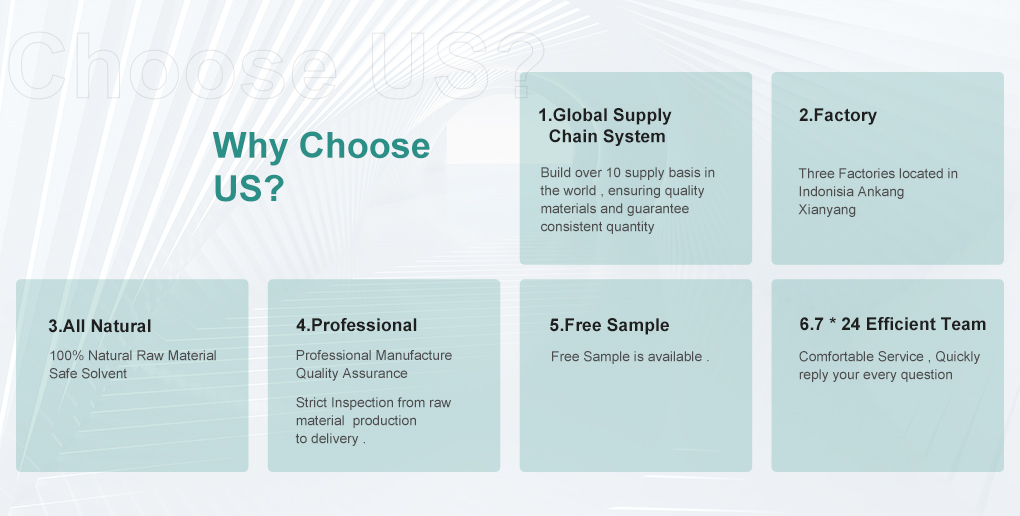As consumers demand cleaner labels and plant-based functionality, Almond Extract has re-emerged as a versatile ingredient that blends sensory appeal with technical benefits. Sourced from Prunus dulcis (almond), well-processed almond extracts and derived fractions offer natural flavor, antioxidant actives, skin-conditioning components and appealing marketing stories — all attractive to nutraceutical, food and cosmetic brands seeking premium, natural inputs.
What exactly is almond extract and how is it produced?
Almond extract is a concentrated ingredient obtained from various parts of the almond plant—most commonly the kernel (sweet almonds) or, in some traditional applications, bitter almonds or apricot kernels for benzaldehyde-rich flavor. Production methods vary by intended use: culinary-grade extracts are often produced by macerating ground almond or almond oil in alcohol (or by steam distillation of aromatic fractions) to capture benzaldehyde and other volatiles responsible for almond aroma.
For functional or cosmetic applications, producers may use solvent (ethanol/water) extraction, supercritical CO₂ extraction, or cold pressing followed by fractionation to concentrate polyphenols, tocopherols, or protein fractions. Modern manufacturers also valorize by-products (skins, hulls, okara from almond milk) using optimized extraction techniques (e.g., controlled ethanol ratios, temperature and time) to recover polyphenols, alpha-tocopherol and other actives for functional ingredient streams. The chosen extraction route directly affects composition, stability, allergen profile and price — so B2B buyers must align supplier methods with target application and regulatory needs.
What active compounds make almond extract useful in formulas?
Almond extracts and related fractions are chemically rich: kernel oils supply monounsaturated fatty acids (oleic acid), vitamin E (α-tocopherol), and lipophilic antioxidants; skins and hulls are sources of polyphenols, flavonoids and proanthocyanidins; aroma fractions provide benzaldehyde and other volatiles. Additionally, protein hydrolysates and peptides from almond proteins can offer bioactive or functional benefits (e.g., emulsification, skin conditioning).
These components together explain the ingredient’s multifunctionality: antioxidant protection in food and cosmetic matrices, sensory enhancement in flavor formulations, and moisturizing/conditioning effects in topical products. For formulators, standardized specification (e.g., % polyphenols, tocopherol content, or aroma intensity) is essential to achieve consistent product performance.

How is almond extract applied in food and beverage products?

In foods and beverages, almond extract is primarily used as a natural flavoring—concentrating characteristic nutty, marzipan-like notes without adding bulk. It’s widely used in bakery, confectionery, dairy alternatives, syrups and beverage concentrates. Beyond flavor, almond fractions (oil, protein, polyphenol extracts) are used to fortify smoothies, nutrition bars, and functional beverages where a “nutty” profile plus antioxidant claims are desired.
Manufacturers also use almond by-product extracts (skin/okara) as natural antioxidants to improve shelf life or as functional ingredients marketed for their polyphenol content. Because alcohol-based extracts carry flavor but may be restricted in some product types, suppliers often provide water-soluble or microencapsulated formats for easier incorporation.
How do quality and extraction methods affect performance?
Extraction parameters (solvent, temperature, time, solid-to-solvent ratio) and raw material selection (sweet vs bitter almonds; origin; harvest maturity) strongly determine the final profile. Low-temperature extraction and gentle drying preserve thermolabile antioxidants and volatile aroma compounds, while aggressive processing can degrade tocopherols and polyphenols or increase off-notes.
Quality indicators buyers should request include: specification for key markers (e.g., total polyphenol content, α-tocopherol, benzaldehyde level for flavor extracts), moisture, microbial counts, heavy metals, pesticide residues, and allergen declarations. Batch COAs, method descriptions and stability data are essential for scaling from prototype to mass production.
What are the cosmetic and personal-care uses of almond extract?

Almond derivatives are ubiquitous in cosmetics: sweet almond oil is a classic emollient in lotions, hair oils and balms; almond protein hydrolysates and peptides can condition hair and skin; polyphenol-rich skin fractions provide antioxidant and photoprotective support. Almond extracts can help improve skin hydration, barrier function and provide mild soothing effects.
For formulators, the choice between refined almond oil (low allergenicity, neutral odor) and more aromatic extracts (stronger scent, higher benzaldehyde) depends on the product: fragrance lines may prefer aromatic extracts, while therapeutic creams often use refined oil or standardized polyphenol fractions. Suppliers should supply stability and compatibility data for topical use.
What sustainability or by-product valorization opportunities exist?

Almond processing generates by-products (skins, hulls, okara) that are rich in bioactives. Recent research has focused on extracting polyphenols, fibers and lipids from these streams to create value-added ingredients—natural antioxidants, antimicrobial fractions, or functional fibers for foods and cosmetics. Using by-products reduces waste, improves margins, and supports sustainability narratives that increasingly resonate with consumers.
B2B buyers can leverage these valorized extracts for “upcycled” product lines while asking suppliers about traceability, agricultural practices and processing energy footprint to substantiate sustainability claims.
What specifications should B2B buyers request from suppliers?
At minimum, request a Certificate of Analysis showing: assay for target actives (e.g., % total polyphenols, % α-tocopherol, benzaldehyde ppm if flavor), moisture, microbial limits (total plate count, yeast/mold), heavy metals, pesticide residues, solvent residues (if applicable), and allergen testing. Additional useful documents include method of manufacture description, GMP/ISO/HACCP certifications, and stability/compatibility reports. This documentation streamlines regulatory clearance and product development.
Why choose a specialized extract supplier instead of commodity flavor houses?
Specialized botanical extract manufacturers invest in standardized processes, traceable sourcing and technical support—services that matter when you need reproducible functionality across product lots. They can offer customized extract grades (e.g., high-polyphenol skin grade, neutral refined oil for cosmetics, alcohol-free soluble flavor for beverages), small-batch sampling, and formulation assistance. For brands scaling globally, these capabilities reduce reformulation risk and accelerate time-to-market.
- Reference
-
Taha, M., Dimitrov, K., Samaillie, J., Caux, B., Sahpaz, S., Blanchemain, N., West, C., & Rivière, C. (2024). Optimizing the extraction of bioactive compounds (polyphenols, lipids, and alpha-tocopherol) from almond okara to unlock its potential as functional food. Foods, 13(17), 2828. DOI: 10.3390/foods13172828
D’Arcangelo, S., et al. (2024). Almond hull extract valorization: From waste to food applications. Foods, 13(23), 3834. DOI: 10.3390/foods13233834
Mozaffari, S., et al. (2024). Antifungal activity of almond (Prunus amygdalus) hull extracts against clinical isolates. Current Medical Mycology, 10(1), 45–56. (2024). DOI: [publisher DOI if available]
Álvarez-Ortí, M., et al. (2022). E-nose discrimination of almond oils extracted from almonds subjected to different roasting treatments. Foods / Journal focusing on food chemistry and sensory (2022). DOI: [publisher DOI if available]
Burnett, C. L., et al. (2023). Safety assessment of Prunus amygdalus dulcis (sweet almond) seed meal. International Journal of Toxicology (Expert Panel review). (2023).
El Bernoussi, S., et al. (2024). Comparative analysis of nutritional value and antioxidant stability of almonds. Journal of Agricultural and Food Chemistry (2024). DOI: [publisher DOI if available]
About Ruiwo:


contact us:
Address:Room 703, Ketai Building, No. 808, Cuihua South Road, Xi’an, Shaanxi, China
E-mail: info@ruiwophytochem.com
Phone: 008613484919413 0086-29-89860070
Hours: Monday-Friday: 9am to 6pm
Post time: Oct-21-2025




